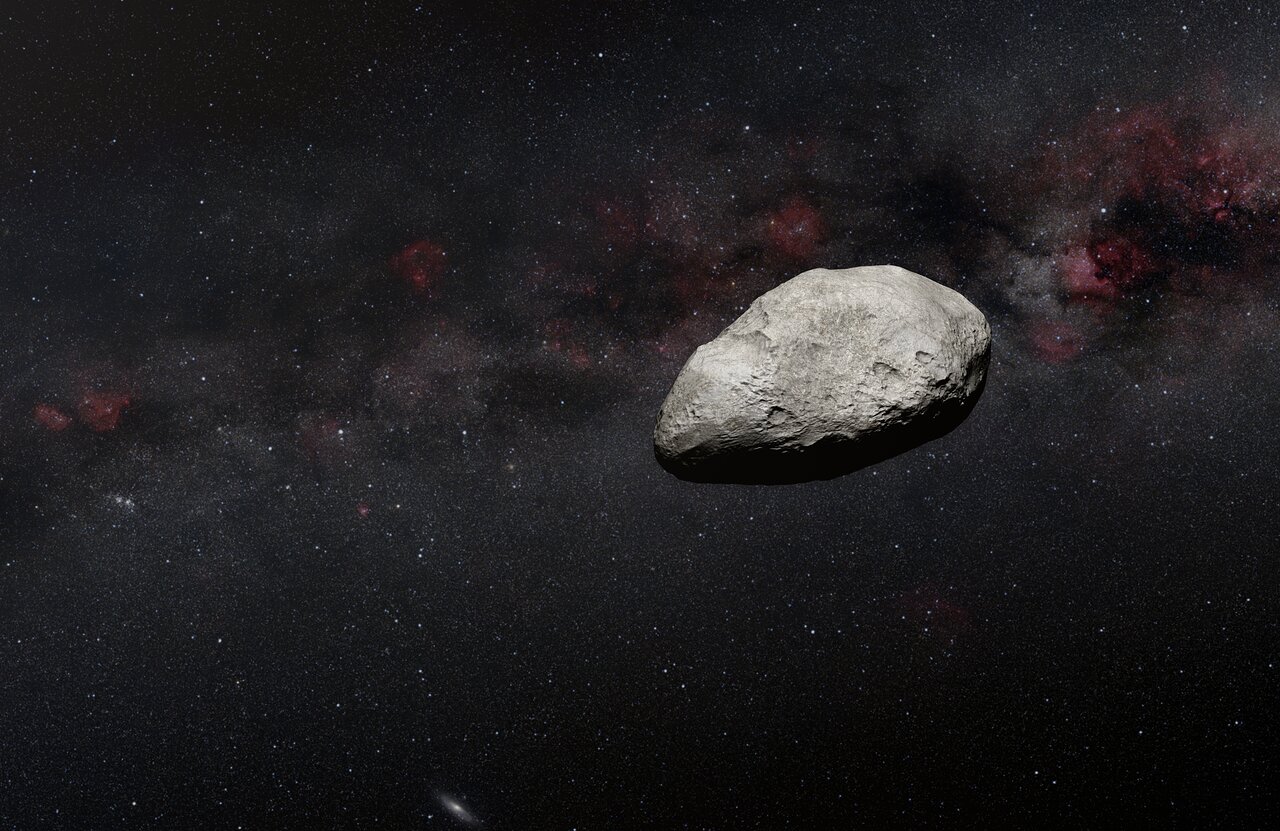The venerable Hubble Space Telescope is like a gift that keeps on giving. Not only is it still making astronomical discoveries after more than thirty years in operation. It is also making discoveries by accident! Thanks to an international team of citizen scientists, with the help of astronomers from the European Space Agency (ESA) and some machine learning algorithms, a new sample of over one thousand asteroids has been identified in Hubble‘s archival data. The methods used represent a new approach for finding objects in decades-old data that could be applied to other datasets as well.
The research team was led by Pablo García-Martín, a researcher with the Department of Theoretical Physics at the Autonomous University of Madrid (UAM). It included members from the ESA, NASA’s Jet Propulsion Laboratory (JPL), the Astronomical Institute of the Romanian Academy, the University of Craiova, the Université Côte d’Azur, and Bastion Technologies. The paper that describes their findings, “Hubble Asteroid Hunter III. Physical properties of newly found asteroids,” recently appeared in Astronomy & Astrophysics.
Ask any astronomers and they will tell you that asteroids are material left over from the formation of the Solar System ca. 4.5 billion years ago. These objects come in many shapes in sizes, ranging from peddle-sized rocks to planetoids. Observing these objects is challenging since they are faint and constantly in motion as they orbit the Sun. Because of its rapid geocentric orbit, Hubble can capture wandering asteroids thanks to the distinct curved trails they leave in Hubble exposures. As Hubble orbits Earth, its point of view changes while observing asteroids following their orbits.

Asteroids have also been known to “photobomb” images acquired by Hubble of distant cosmic objects like UGC 12158 (see image above). By knowing Hubble’s position when it took exposures of asteroids and measuring the curvature of the streaks they leave, scientists can determine the asteroids’ distances and estimate the shapes of their orbits. The ability to do this with large samples allows astronomers to test theories about Main Asteroid Belt formation and evolution. As Martin said in a recent ESA Hubble press release:
“We are getting deeper into seeing the smaller population of main-belt asteroids. We were surprised to see such a large number of candidate objects. There was some hint that this population existed, but now we are confirming it with a random asteroid population sample obtained using the whole Hubble archive. This is important for providing insights into the evolutionary models of our Solar System.”
According to one widely accepted model, small asteroids are fragments of larger asteroids that have been colliding and grinding each other down over billions of years. A competing theory states that small bodies formed as they appear today billions of years ago and have not changed much since. However, astronomers can offer no plausible mechanism for why these smaller asteroids would not accumulate more dust from the circumstellar disk surrounding our Sun billions of years ago (from which the planets formed).
In addition, astronomers have known for some time that collisions would have left a certain signature that could be used to test the current Main Belt population. In 2019, astronomers from the European Science and Technology Centre (ESTEC) and the European Space Astronomy Center’s Science Data Center (ESDC) came together with the world’s largest and most popular citizen-science platform (Zooniverse) and Google to launch the citizen-science project Hubble Asteroid Hunter (HAH) to identify asteroids in archival Hubble data.

The HAH team comprised 11,482 citizen-science volunteers who perused 37,000 Hubble images spanning 19 years. After providing nearly two million identifications, the team was given a training set for an automated algorithm to identify asteroids based on machine learning. This yielded 1,701 asteroid trails, with 1,031 corresponding to previously uncatalogued asteroids – about 400 of which were below 1 km (~1090 ft) in size. Said Martin:
“Asteroid positions change with time, and therefore you cannot find them just by entering coordinates, because they might not be there at different times. As astronomers we don’t have time to go looking through all the asteroid images. So we got the idea to collaborate with more than 10,000 citizen-science volunteers to peruse the huge Hubble archives.”
This pioneering approach may be effectively applied to datasets accumulated by other asteroid-hunting observatories, such as NASA’s Spitzer Space Telescope and Stratospheric Observatory for Infrared Astronomy (SOFIA). Once the James Webb Space Telescope (JWST) has accumulated a large enough dataset, the same method could also be applied to its archival data. As a next step, the HAH project will examine the streaks of previously unknown asteroids to characterize their orbits, rotation periods, and other properties.
Further Reading: ESA Hubble, Astronomy & Astrophysics


I am still puzzling over “peddle-sized rocks”. Say what?
Most likely typo of “pebble-sized”.